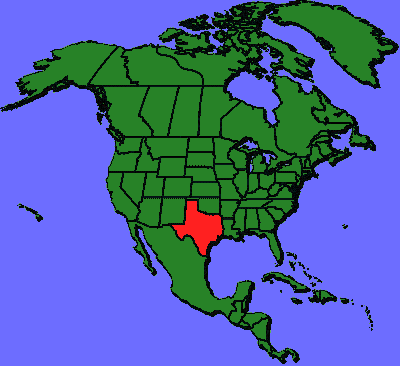
Circle the area on this map

D. Emergency crews raced to pull people from cars and homes as flood waters rose across southeast Texas, rescuing over 1,000 people around Houston, where the storm has caused chest-deep flooding on some streets as rivers and channels overflow their banks.
C. Harvey began as a tropical storm in the Atlantic Ocean off the coast of west Africa on Aug. 13. Varying in strength, the storm moved east to the Caribbean Sea and then north to the Gulf of Mexico where it grew into a Category 4 hurricane just before hitting land. The Gulf of Mexico, Caribbean and Mediterranean seas are all parts of the Atlantic.
A. Macau is a gambling resort in southern China about 40 miles west of the financial center of Hong Kong which also was hit by the typhoon along with the province of Guangdong. At least 16 people died in the storm, hundreds more were injured and tens of thousands were forced to evacuate their homes.
B. A hurricane is a storm that occurs in the Atlantic Ocean and northeastern Pacific Ocean, a typhoon occurs in the northwestern Pacific Ocean, and a cyclone occurs in the south Pacific or Indian Ocean. All of them are cyclonic storms that form over relatively warm seas where they derive their energy through the evaporation of water on the surface.